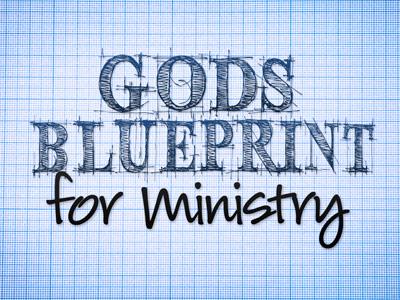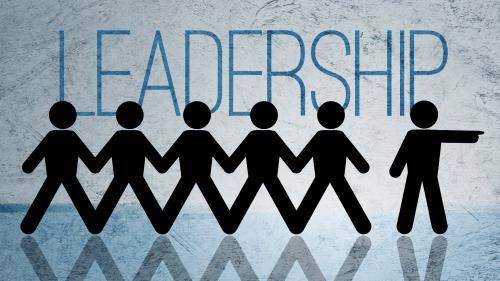-
Sermon On A Communion In Diversity
Contributed by William Meakin on May 10, 2025 (message contributor)
Summary: A communion in diversity is said to represent an identity of different persons, groups, or even perspectives coming together from an assortment of cultural ideas or opinions while retaining individual character and personal contribution.
Benedictine Abbot Donato Ogliari, an Italian Catholic prelate once remarked: "The communion that the Holy Spirit builds in the community of believers is not the result of a flat and rigid uniformity. On the contrary, as the Apostle Paul describes using the metaphor of the body, the unity and communion that the church is called to live are a unity in plurality and a communion in diversity." 1 Corinthians 12:12-15 reminds us: “For just as the body is one and has many members, and all the members of the body, though many, are one body, so it is with Christ. For in one Spirit we were all baptized into one body - Jews or Greeks, slaves or free - and all were made to drink of one Spirit. For the body does not consist of one member but of many. If the foot should say, “Because I am not a hand, I do not belong to the body,” that would not make it any less a part of the body. And if the ear should say, “Because I am not an eye, I do not belong to the body,” that would not make it any less a part of the body.”
A communion in diversity is said to represent an identity of different persons, groups, or even perspectives coming together from an assortment of cultural ideas or opinions while retaining individual character and personal contribution. It's a concept that acknowledges and celebrates the richness that originates from acknowledging different viewpoints and backgrounds. A community is said to thrive when it embraces diversity, recognizing that strength does not rely in uniformity, but in the unique perspectives and experiences of individuals.
Diversity is defined as great variance or difference. It could be regarded as the specific distinctiveness or a marked contrast from one human being to another, or it may incite a discussion on many subjects or circumstances. It incorporates elements of divergence or divarication which can lead to the innovation of individual ideas. The Bible, particularly the New Testament, highlights the concept of communion and unity in diversity through various passages and teachings.
The books of Ephesians and 1 Corinthians emphasize the church as a diverse body with various members, each with unique gifts, coming together in unity. The book of Revelation also depicts a diverse multitude from all nations, tribes, and languages united before God's throne. A communion in diversity can help to build bridges and promote unity between people of differing backgrounds and perspectives while recognizing and celebrating the richness and value of those differences. Metaphorically, building bridges can also represent the effort to bridge divides and foster understanding between separate groups or individuals. It's about sharing experiences and working together towards a common goal, all while embracing and understanding the unique and differing contributions of each individual.
.
A particular passage in Ephesians emphasizes the importance of unity and growth within the body of Christ, highlighting the diversity of gifts and roles within the church, and how these work together for the overall benefit and edification of the whole. It calls for believers to move beyond childhood dependence on external authorities and grow up in faith, guided by Christ's headship, to contribute to the building up of the body in love. Ephesians 4:4-16 reminds us: “There is one body and one Spirit - just as you were called to the one hope that belongs to your call - one Lord, one faith, one baptism, one God and Father of all, who is over all and through all and in all.
But grace was given to each one of us according to the measure of Christ's gift. Therefore it says, “When he ascended on high he led a host of captives, and he gave gifts to men.” (In saying, “He ascended,” what does it mean but that he had also descended into the lower regions, the earth? He who descended is the one who also ascended far above all the heavens, that he might fill all things.) And he gave the apostles, the prophets, the evangelists, the shepherds and teachers, to equip the saints for the work of ministry, for building up the body of Christ, until we all attain to the unity of the faith and of the knowledge of the Son of God, to mature manhood, to the measure of the stature of the fullness of Christ, so that we may no longer be children, tossed to and fro by the waves and carried about by every wind of doctrine, by human cunning, by craftiness in deceitful schemes. Rather, speaking the truth in love, we are to grow up in every way into him who is the head, into Christ, from whom the whole body, joined and held together by every joint with which it is equipped, when each part is working properly, makes the body grow so that it builds itself up in love.”

 Sermon Central
Sermon Central



